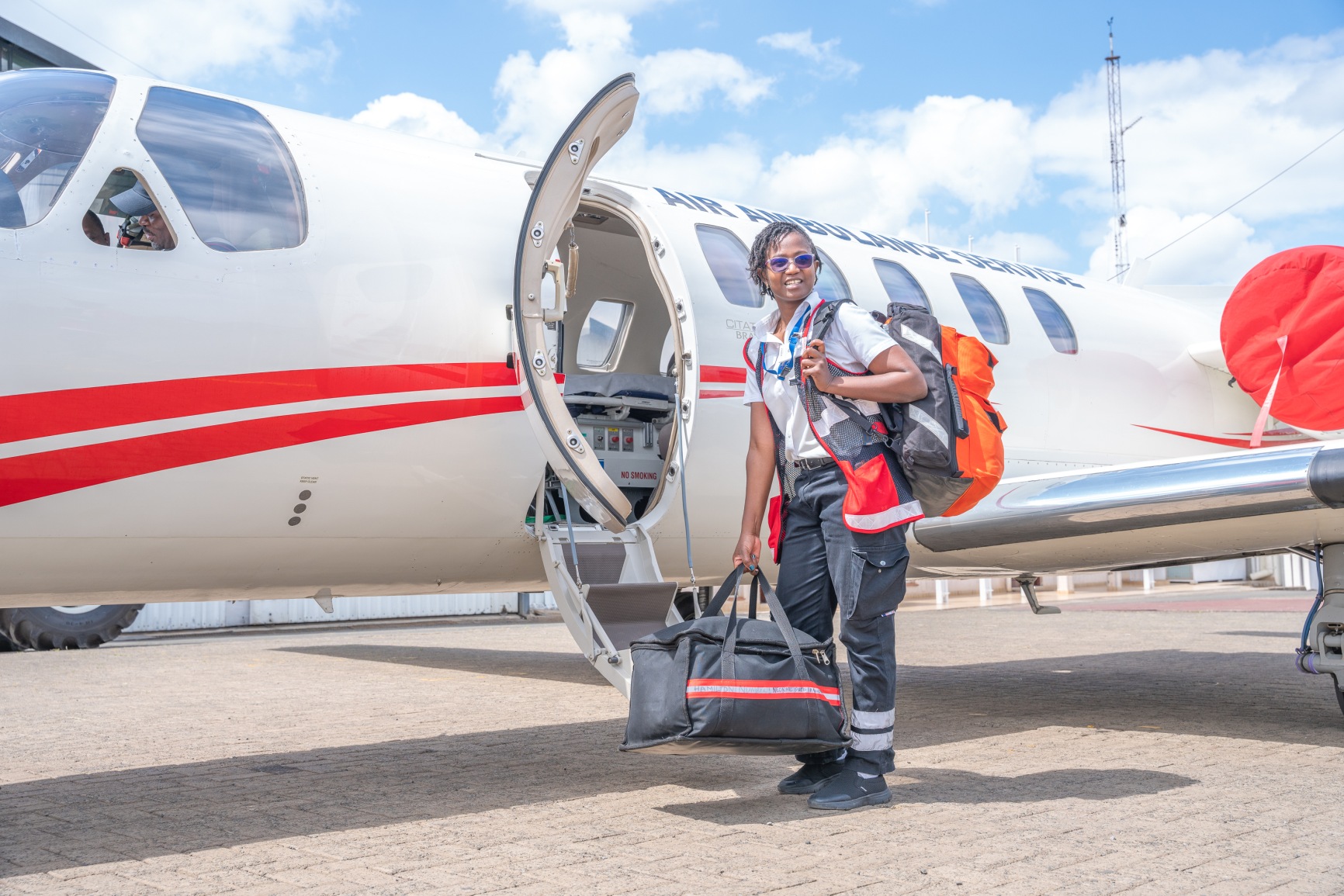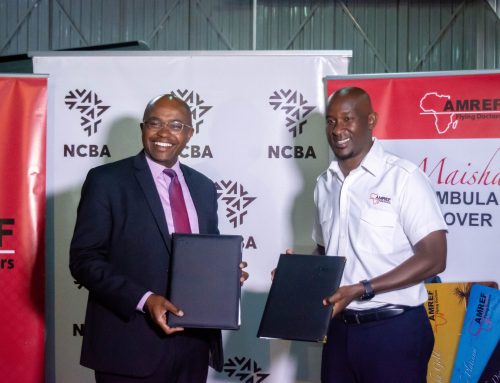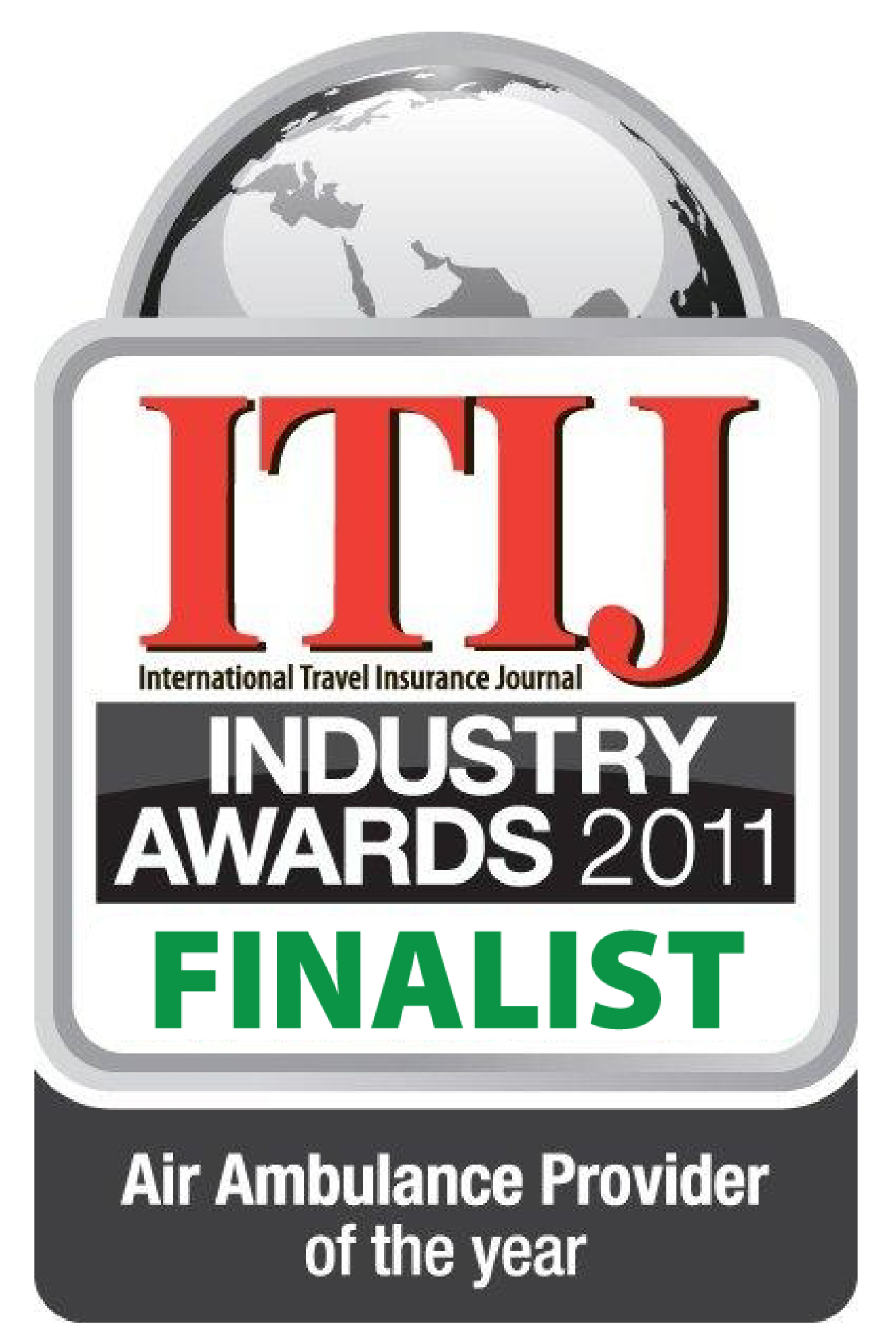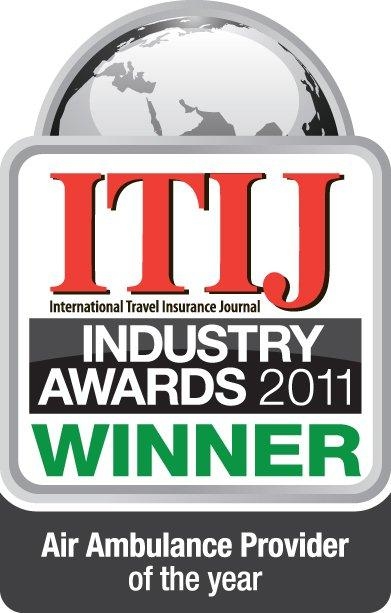A word with Joan Muthoni Ndirangu, an emergency flight nurse with AMREF Flying Doctors.
Qn: What inspired you to be a flight nurse?
Ans: Well, I am an adrenaline junkie. From the the time I qualified as a nurse, I had always been drawn to fast-paced/ emergency and critical care environments. I thrived very well in ICU/ER environments as it challenged me to think on my feet while giving the best care to critically ill and injured patients. I knew this was exactly what I wanted to do as it fitted very well with my passion
and purpose. AMREF Flying Doctors gave me the perfect opportunity to practice my passion.
Qn: Briefly describe your journey to be a flight nurse.
Ans: Immediately I completed my nursing degree and a one-year internship at a government hospital, I knew exactly where my heart was and that is when I decided to follow my passion. I left the ministry of health and looked for a job at one of the biggest private hrealth facility here in Kenya where I could get hands-on experience in emergency and critical care nursing. I later enrolled for my masters in critical care nursing for specialization and while at it, I did short emergency courses like BLS, ACLS, ATLS, PHTLS, PALS among many others and was privileged to become an instructor in the mentioned courses. The skills, experience and training prepared me for the job.
Qn: What are the rewards of your job?
Ans: For the three years that I have practised as a flight nurse, the greatest reward for me is knowing that I’ve made a difference in patients’ lives which aligns perfectly well with my purpose and nothing is greater than understanding one’s purpose. It’s an amazing role as it has given me an opportunity to make a difference in so many lives not knowing who my next patient will be. We have been entrusted to transport heads of states among many other VVIPs and also do charity medevacs to needy patients who cannot afford air medical transport and need emergency treatment/ interventions. The opportunity to be a flight nurse also fits well with one of my hobbies which is travelling and has given me an opportunity to interact with different cultures around the world.
Qn: Who is a flight nurse and what does it take to become one?
Ans: A flight nurse is a registered nurse trained to provide comprehensive pre-hospital medical care during transport of critically ill or injured patients in either fixed-wing aircraft or rotary-wing (helicopters) to ensure patients are well taken care of during transit and that they are able to reach their destinations safely. To qualify as a flight nurse, one must first become a Registered Nurse from an accredited nursing program, the nurse must also specialize and gain experience in emergency and ICU nursing. Over and above gaining experience and training in critical care nursing, one must exhibit complete autonomy in one’s practice while still being able to admit when you are wrong. It calls for a lot of accountability. As a flight nurse, you must learn to remain calm and composed in chaotic situations so that you can think critically on how to provide the best care to your patient. Unlike nursing critically ill patients in a hospital set up, a flight nurse must also understand the impact of altitude on the human body and this will help you to know what kind of care to give to a patient regardless of their clinical diagnosis as a result of physiological changes that take place due to changes in altitude.
Qn: How many times do you fly per day and where does your job take you?
Ans: I have been to many countries around the world. I however do not fly on a daily basis as we do have rest days as well. Other than being a flight nurse, I also have other responsibilities at AMREF Flying Doctors. I am an instructor in emergency/ life support courses and therefore conduct training in BLS, ACLS and Heart saver courses among others to our internal and external clients at AMREF Flying Doctors.
Qn: What have been your toughest moments as a flight nurse and how do you deal with them?
Ans: As a flight nurse you give the same care you would give to a patient in an ICU or an ER set up but in a much smaller space with fewer resources which is one of the main limitations to air medical transport. With time you learn how to give the best care in the small enclosed spaces and with fewer resources. The practice environment may also alter patient assessment due to turbulence, noise and vibration. I am privileged to work in a company that values patient care and has heavily invested in advanced medical equipment and technology to detect major and minor medical pathologies regardless of the challenging work environment. As a flight nurse one must maintain a lot of situational awareness of the patient’s condition and crews’ safety and therefore; one must practice at an expert level. Coming from a warm environment all year round, flying in regions with extremes of temperature can also be very challenging as well as physiologically adjusting to different time zones but with time your body learns to adjust. Language barrier can also be a challenge as our clients are from all over the world.
Qn: How has it been evacuating patients especially during the pandemic?
Ans: It has been a tough and amazing experience with a lot of learning. Times have been really tough especially to the medical fraternity but hey, tough times call for tough people. Since the pandemic started, we have evacuated hundreds of critically ill COVID-19 patients both locally, regionally and around the world. We have seen it all during the pandemic. We have worked through all the variants and we thank God to be healthy and alive.
Qn: How is a medical evacuation in Kenya and how much does it cost to evacuate patients?
Ans: Air Medical Transport is the safest and fastest way to move critically ill and injured patients who require specialized care in advanced set-ups. In Kenya we are yet to fully embrace air medical transport as many assume it is unreachable, the cost depends on various factors; the type of aircraft used and also the distance to be covered. Unlike many air ambulance companies, AMREF Flying Doctors offers an amazing annual membership cover called Maisha where clients subscribe by paying a small fee and get to enjoy
medical evacuation in times of an emergency. The cover applies both locally and within East Africa. For only Kenyan shillings 2500 for example, one can get unlimited air and ground evacuation within Kenya for a whole year in case of an emergency. Diamond, Gold and Platinum covers clients within the East Africa region including Tanzania, Uganda, Burundi, Rwanda and South Sudan.
Qn: Are there many women in your field?
Ans: Not quite, there is a misconception that this is a male dominated field but there are several female flight nurses, doctors and pilots. I always believe there are limitless opportunities in any field. Once you understand your purpose, you can thrive in any
field…
Article first published on The Aviator Africa magazine













Leave A Comment